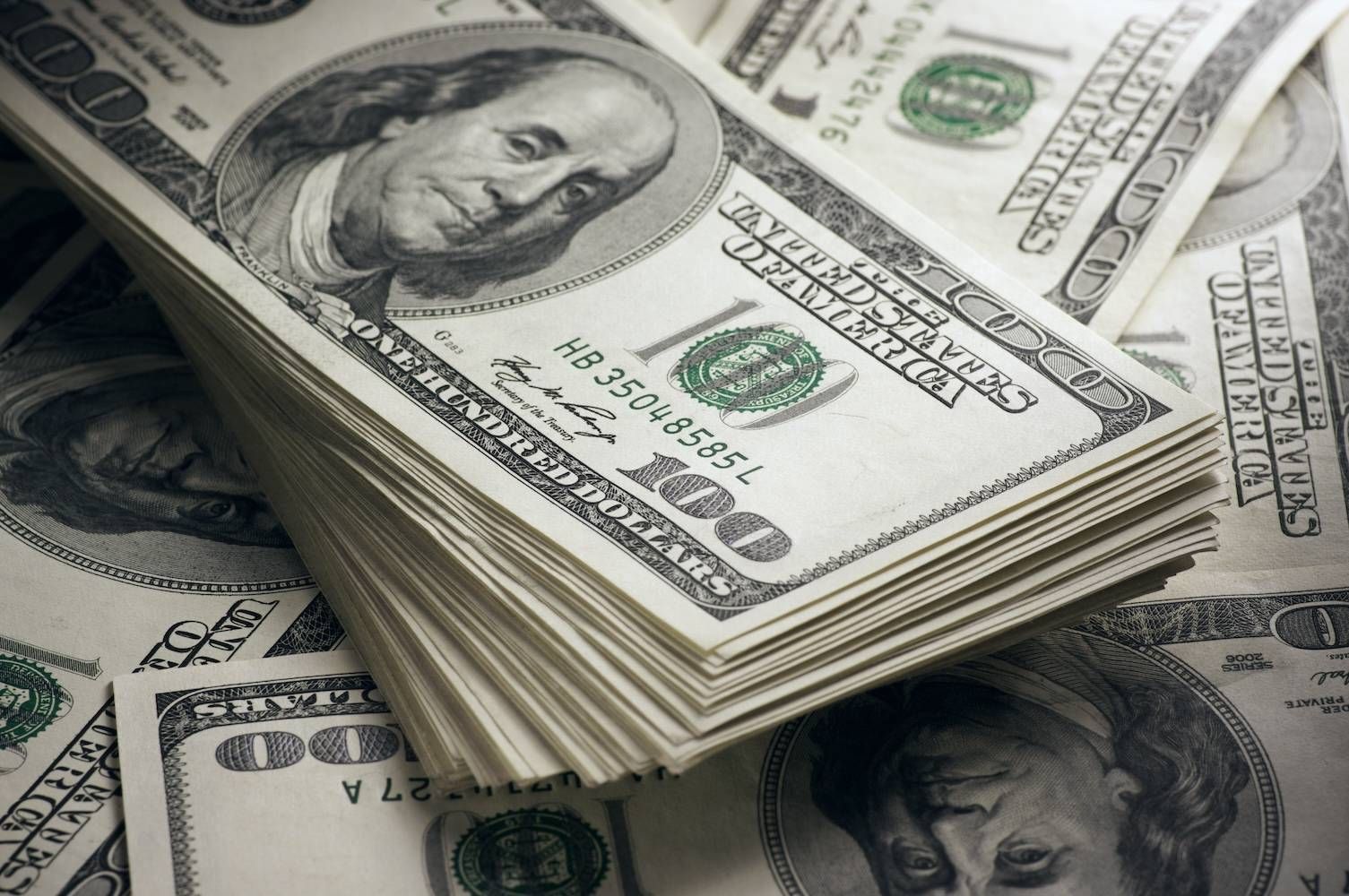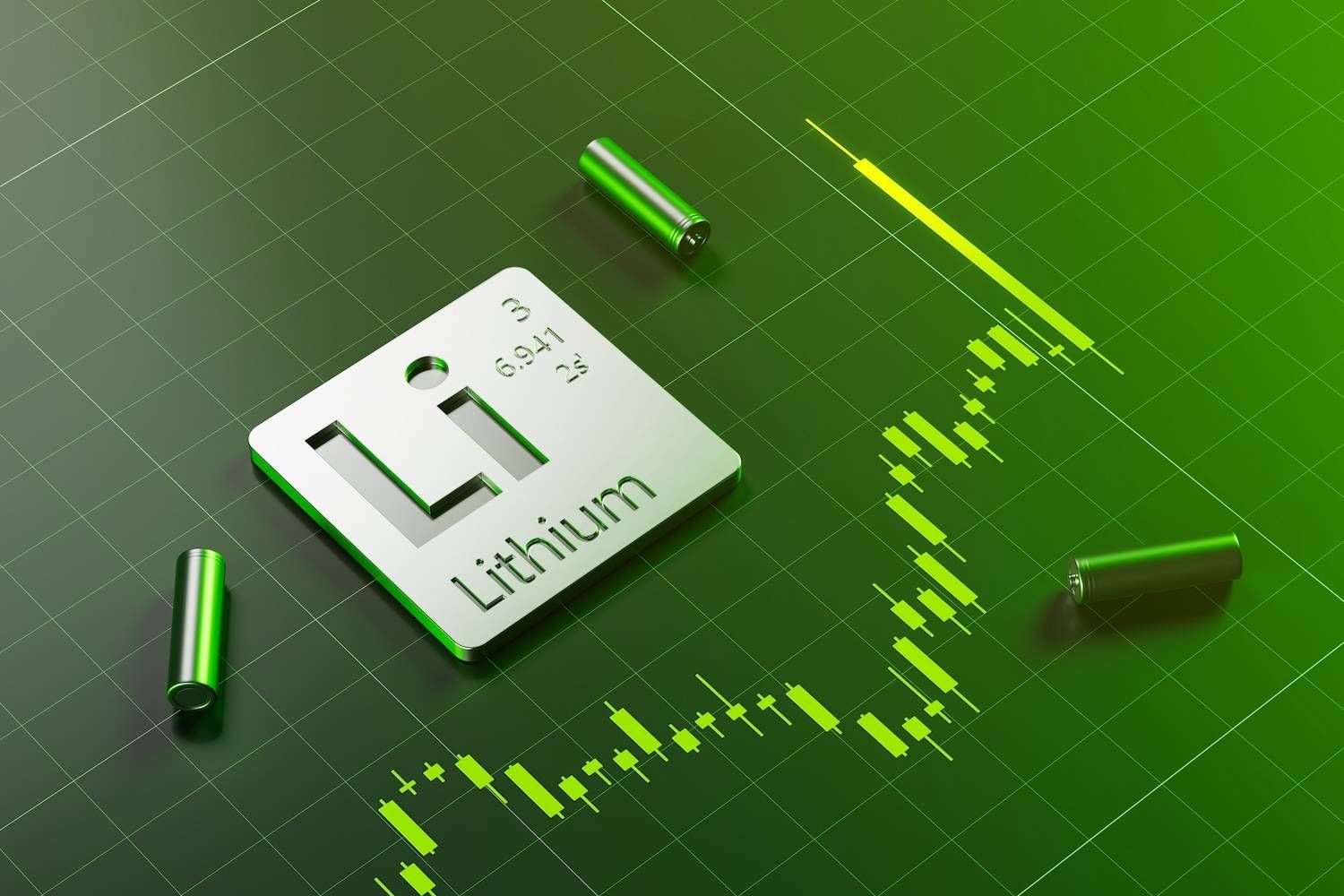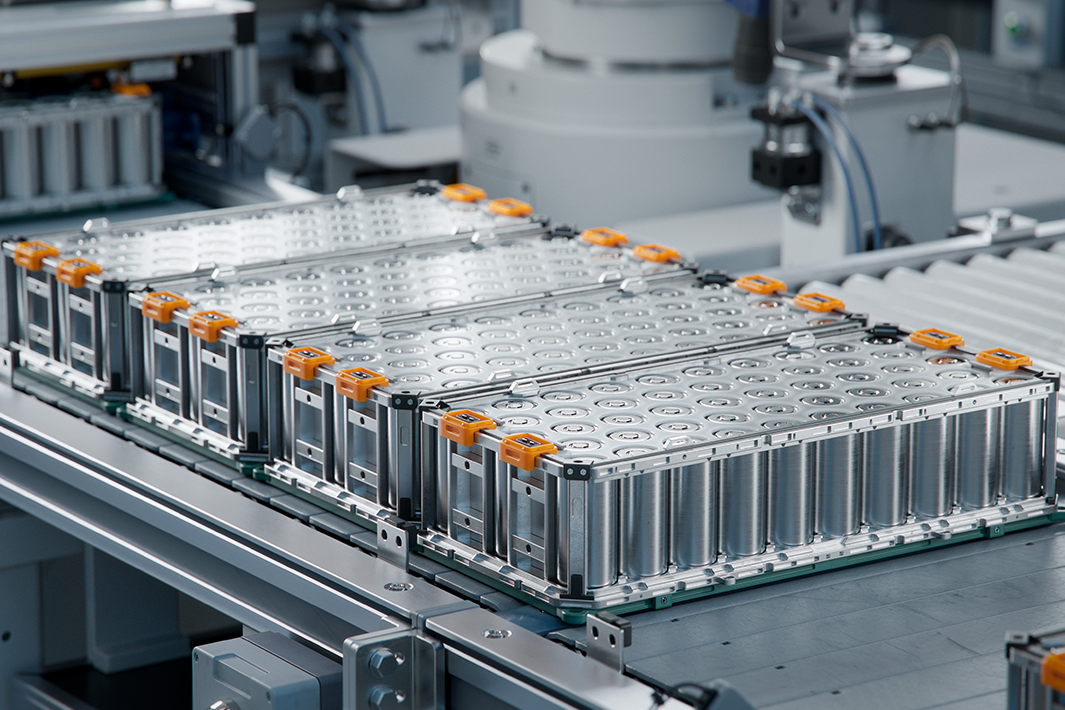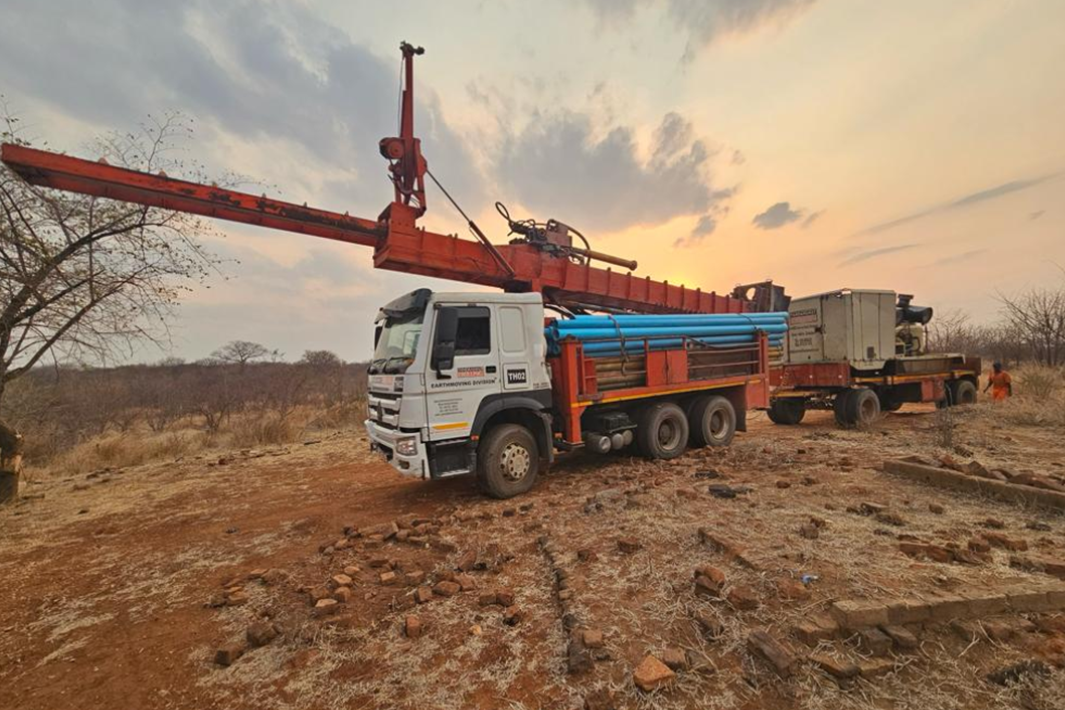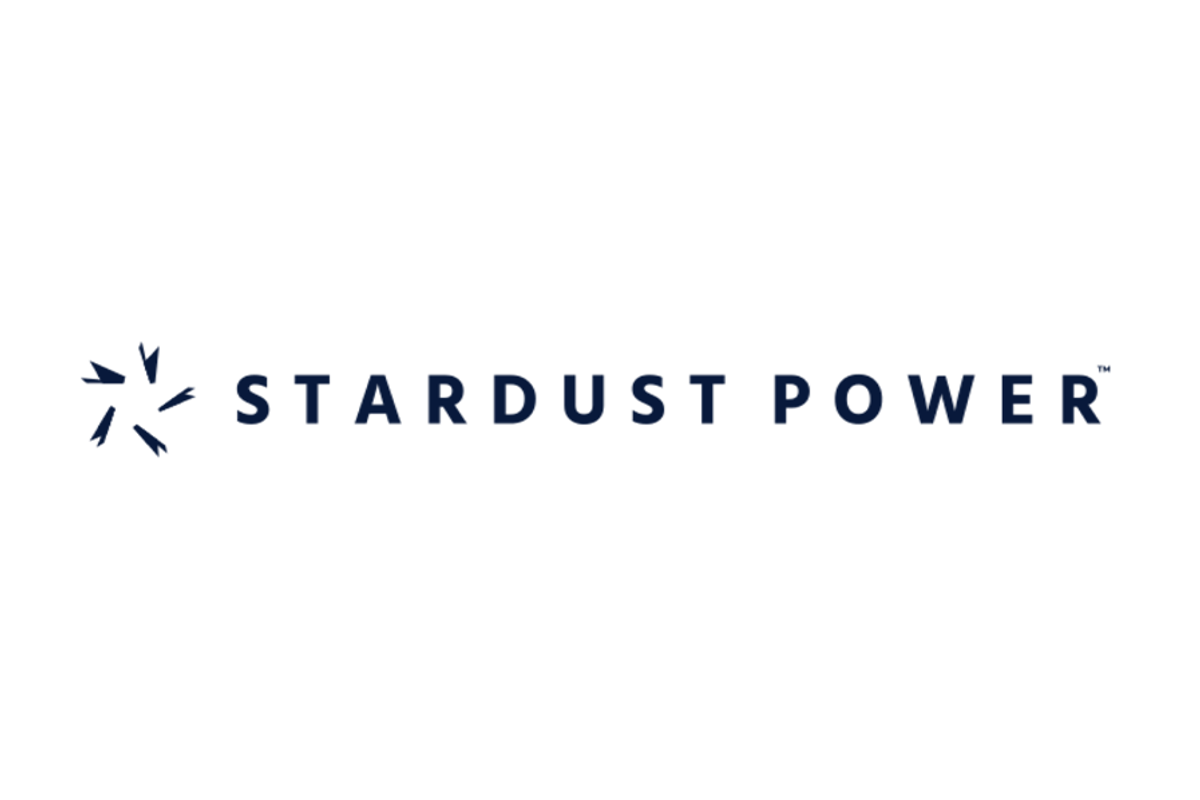
December 17, 2024
Stardust Power Inc. (“the Company” or “Stardust Power”) (NASDAQ: SDST), an American developer of battery-grade lithium products, today announced the completion of the acquisition of its 66-acre site at the Southside Industrial Park in Muskogee, Oklahoma. This key acquisition marks another significant milestone as the Company prepares to commence construction on one of North America’s largest lithium refineries. With the General Permit for Stormwater Discharges from Construction Activities now in place, and subject to finalizing project financing, Stardust Power is now positioned to begin construction.

Caption: Governor of Oklahoma, J. Kevin Stitt, and Founder and CEO, Stardust Power, Roshan Pujari, met December 2, 2024, to discuss the upcoming construction of its lithium refinery in Muskogee, Oklahoma
Stardust Power received this permit from the Oklahoma Department of Environmental Quality and has completed its Stormwater Pollution Prevention Plan (SWPPP), which incorporates best-in-class management practices to control stormwater discharges during construction and is designed to ensure compliance with environmental standards and minimize potential impacts on the surrounding area. This critical permit allows Stardust Power to commence construction at the site. In the coming weeks, Stardust Power plans to submit the remaining necessary permits, marking the final regulatory steps at this junction. This marks a significant milestone for the Company and its mission to onshore manufacturing of battery grade lithium for US energy independence.
In January 2024, Stardust Power selected Muskogee, Oklahoma for its lithium refinery, citing the state’s central location and excellent access to multi-modal logistics. The site benefits from proximity to the country’s largest inland waterway system, robust road and rail networks, and a skilled workforce rooted in the oil and gas sector. Oklahoma’s leadership in sustainable energy aligns with Stardust Power’s commitment to reducing its carbon footprint. The shovel-ready site near the Port of Muskogee offers key construction and operational advantages, with the potential to speed up timelines. After thorough due diligence, including environmental, technical, cultural, and logistical reviews, the site was confirmed as ideal. It offers a location with an adjacent 40-acre parcel of land which the Company has a right of first refusal for future expansion.
Roshan Pujari, Founder and CEO of Stardust Power, stated, "With the land purchase complete and key permitting secured, we are excited to enter the construction phase in Muskogee. This milestone brings us closer to our mission of becoming a leading supplier of American battery-grade lithium. We are deeply grateful for the ongoing support from Governor Stitt, the Department of Environmental Quality, the Oklahoma Department of Commerce, the Tulsa Chamber, and the City and Port of Muskogee. Together, we endeavor to create hundreds of high-quality manufacturing jobs and keep Oklahoma at the forefront of America's energy leadership. While the site’s infrastructure and logistics are outstanding, the true asset of Oklahoma is its people."
Earlier this year, the City and County of Muskogee established a $27 million Tax Increment Financing (“TIF”) district to support the project. The TIF is expected to fund key infrastructure improvements in the area, including upgrades to industrial roads, rail line rehabilitation, and the replacement of a trestle bridge, improvements that are important to the successful development of the refinery. Stardust Power intends to claim back certain related costs from TIF related to the site, which could reduce overall project costs and improve margins.
About Stardust Power Inc.
Stardust Power is a developer of battery-grade lithium products designed to bolster America’s energy leadership by building resilient supply chains. Stardust Power is developing a strategically central lithium refinery in Muskogee, Oklahoma with the anticipated capacity of producing up to 50,000 metric tons per annum of battery-grade lithium. The Company is committed to sustainability at each point in the process. Stardust Power trades on the Nasdaq under the ticker symbol “SDST.”
For more information, visit www.stardust-power.com
Stardust Power Contacts
For Investors:
Johanna Gonzalez
investor.relations@stardust-power.com
For Media:
Michael Thompson
media@stardust-power.com
Cautionary Note Regarding Forward-Looking Statements
Certain statements in this press release constitute “forward-looking statements.” Such forward-looking statements are often identified by words such as “believe,” “may,” “will,” “estimate,” “continue,” “anticipate,” “intend,” “expect,” “should,” “would,” “plan,” “predict,” “forecasted,” “projected,” “potential,” “seem,” “future,” “outlook,” and similar expressions that predict or indicate future events or trends or otherwise indicate statements that are not of historical matters, but the absence of these words does not mean that a statement is not forward-looking. These forward-looking statements and factors that may cause actual results to differ materially from current expectations include, but are not limited to: the ability of Stardust Power to grow and manage growth profitably, maintain key relationships and retain its management and key employees; obtaining the necessary permits and governmental approvals to develop the site; the impact of the TIF on the site development and surrounding areas and infrastructure, and Stardust Power’s ability to benefit from such program; risks related to the uncertainty of the projected financial information with respect to Stardust Power; risks related to the price of Stardust Power’s securities, including volatility resulting from changes in the competitive and highly regulated industries in which Stardust Power plans to operate, variations in performance across competitors, changes in laws and regulations affecting Stardust Power’s business and changes in the combined capital structure; and risks related to the ability to implement business plans, forecasts, and other expectations and identify and realize additional opportunities. The foregoing list of factors is not exhaustive.
Stockholders and prospective investors should carefully consider the foregoing factors, and the other risks and uncertainties described in documents filed by Stardust Power from time to time with the SEC.
Stockholders and prospective investors are cautioned not to place undue reliance on these forward-looking statements, which only speak as of the date made, are not a guarantee of future performance and are subject to a number of uncertainties, risks, assumptions and other factors, many of which are outside the control of Stardust Power. Stardust Power expressly disclaims any obligations or undertaking to release publicly any updates or revisions to any forward-looking statements contained herein to reflect any change in the expectations of Stardust Power with respect thereto or any change in events, conditions or circumstances on which any statement is based.
The Conversation (0)
13 January
Stardust Power
Stardust Power is developing a strategically centrally located lithium refinery with the capacity to produce 50,000 tons per annum of battery grade lithium carbonate.
Stardust Power is developing a strategically centrally located lithium refinery with the capacity to produce 50,000 tons per annum of battery grade lithium carbonate. Keep Reading...
24 December
Altius Minerals to Expand Portfolio with C$520 Million Lithium Royalty Deal
Altius Minerals (TSX:ALS,OTCQX:ATUSF) is making a bet on a lithium market recovery, agreeing to acquire Lithium Royalty (TSX:LIRC) in a C$520 million deal that will expand its exposure to battery metals.Under a definitive agreement announced by the two companies on Monday (December 22), Altius... Keep Reading...
23 December
Liontown's First Tjiwarl Member Completes Apprenticeship at Kathleen Valley
Liontown (ASX:LTR,OTC Pink:LINRF) has reached a milestone at its Kathleen Valley operations, with Vaughan Harris becoming the first Tjiwarl community member to complete an apprenticeship with the company.“Being the first Tjiwarl apprentice to complete an apprenticeship here at Liontown feels... Keep Reading...
22 December
Lithium Market 2025 Year-End Review
The global lithium market endured a bruising 2025, with persistent oversupply and softer-than-expected electric vehicle (EV) demand driving prices for the battery metal to multi-year lows.Lithium carbonate prices in North Asia slipped below US$9,550 per metric ton in February — their weakest... Keep Reading...
11 December
Mining the Gap: 5 Forces Shaping North America’s Lithium Supply Chain
A convergence of industry investments, government initiatives and a shifting global trade dynamic is creating an environment ripe for the development of a North American battery supply chain, with lithium playing a leading role. These trends are reshaping the region’s industrial base and opening... Keep Reading...
10 December
Rock Bottom: Strategic Window for Ground-level Lithium Investment
When lithium prices hit bottom, savvy investors know that’s exactly where the next big discovery begins — literally. Beneath the surface of global markets and remote exploration grounds, new opportunities are forming in the wake of a sharp price reset and renewed geopolitical urgency.Recent... Keep Reading...
10 December
Liontown Resources Pens Lithium Offtake Agreement with China's Canmax
Liontown Resources (ASX:LTR,OTC Pink:LINRF) has executed a binding offtake agreement with Chinese conglomerate Canmax Technologies (SZSE:300390) as part of its strategy to diversify its customer base.“Listed on the Shenzhen Stock Exchange, Canmax is one of the world’s leading manufacturers of... Keep Reading...
Latest News
Interactive Chart
Latest Press Releases
Steadright Grants Stock Options
24 December
Silverco Confirms No Material Change
24 December
Related News
TOP STOCKS
American Battery4.030.24
Aion Therapeutic0.10-0.01
Cybin Corp2.140.00

